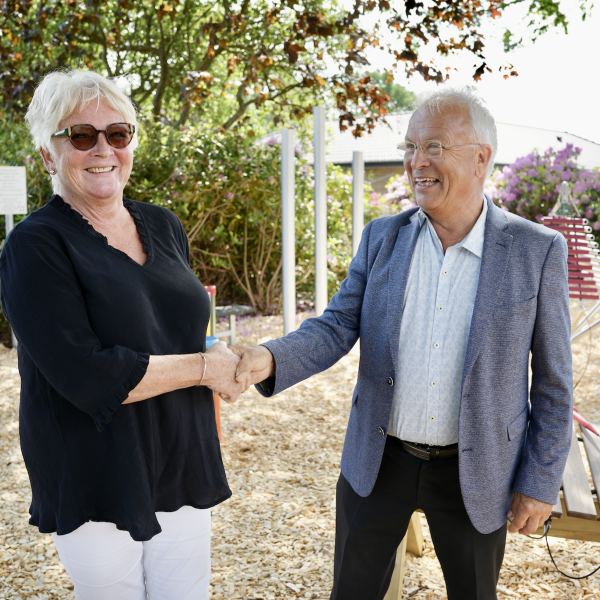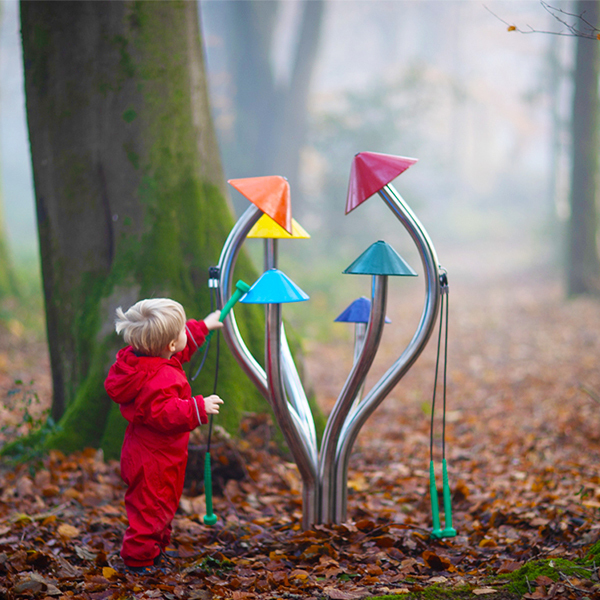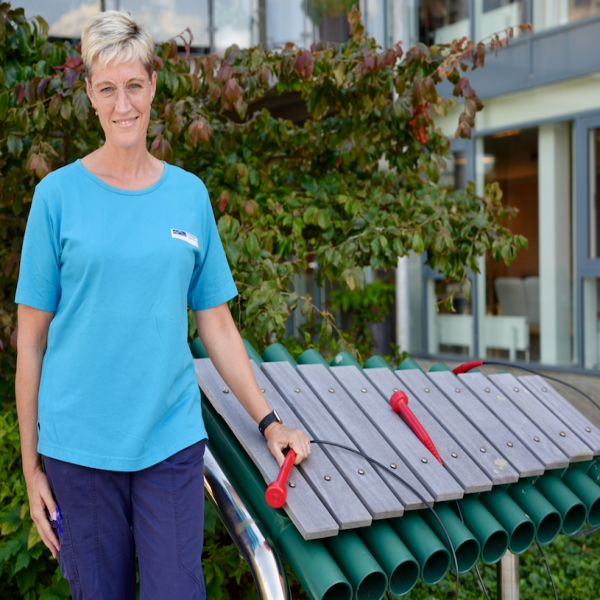Outdoor Musical Activity - Dynamics (With Easter Eggs!)
Introducing dynamics to young children is an invitation to make some noise and is the perfect subject to take outside and make good use of your outdoor musical instruments.
This music activity is great fun to play at Easter time, introducing the children to dynamics whilst enjoying an chocolate egg hunt. However, you don’t need to use Easter Eggs, other prizes suitable to whatever time of year it is can of course be used.
Dynamics refer to how loud or soft a musical passage should be played. Instead of just explaining what dynamics are and teaching the different symbols and abbreviations, going outside with a hands-on activity that demonstrates how dynamics can be used and achieved in music, can only help enhance their knowledge and appreciation (the choccy helps of course!)
Explain how Dynamic levels are a natural indicator for emotional mood. Loud dynamics are associated with turmoil, conflict. Marches, fanfares and triumphal music all tend to be loud. Soft dynamics are associated with tranquillity and calmness, such as lullabies. Wistful and melancholy songs all tend to be soft. The wrong dynamic level has the effect of making a piece of music ineffective and illogical as an indicator of mood.
Music composers typically use Italian words to express how loud or soft they want the music to be played. The Italian words and symbols for the four basic dynamic levels are:
p - Piano (Soft) mp - Mezzo Piano (Medium/Moderately Soft) mf - Mezzo Forte (Medium/ Moderately Loud) f - Forte (Loud)
You may want to startwith just the four basic levels, however beyond Forte and Piano, there is also;
pp - Pianissimo (very soft) ff - Fortissimo (very loud)
Play a few notes on the outdoor musical instrument and have the children guess how loud you were playing using the Italian terms above. Now have the children play and evaluate their own sounds and assign a dynamic name and symbol. It is common for students to mistake piano for mezzo piano, mezzo piano for mezzo forte, or mezzo forte for forte. If they are struggling to discern piano from forte more practice may be necessary.
Now to give them a chance to show you what they have learnt about dynamics. It’s time for our Easter Egg Hunt!
This musical Easter egg hunt is like a hot-cold game. You are cold if you are far from the Easter egg, and hot if you are very close to the Easter egg. The clues provided will be in the form of musical sounds played on the outdoor musical instruments. Piano (soft) sounds will tell the children searching for the Easter egg that they are far from it. Forte (loud) sounds will tell them that they are very close to it.
Working together, have one group hide the Easter egg, and one group hunt for the Easter egg. Once the group hiding the Easter egg has found the perfect spot with the others looking away, ask the ‘hunters’ to begin searching for the hidden Easter egg. The children playing the instruments can only provide hot-cold clues using their dynamics knowledge. The ‘finders’ follow the musical clues that lead them to their eggsiting prize!


Med støtte fra generøse donorer, herunder Nordea-fonden, har "Musik i haven" skabt et meningsfyldt samlingssted for alle. Instrumenterne fremmer fællesskab,...

Vi er utroligt glade og stolte over at kunne introducere vores helt nye Liberty...
